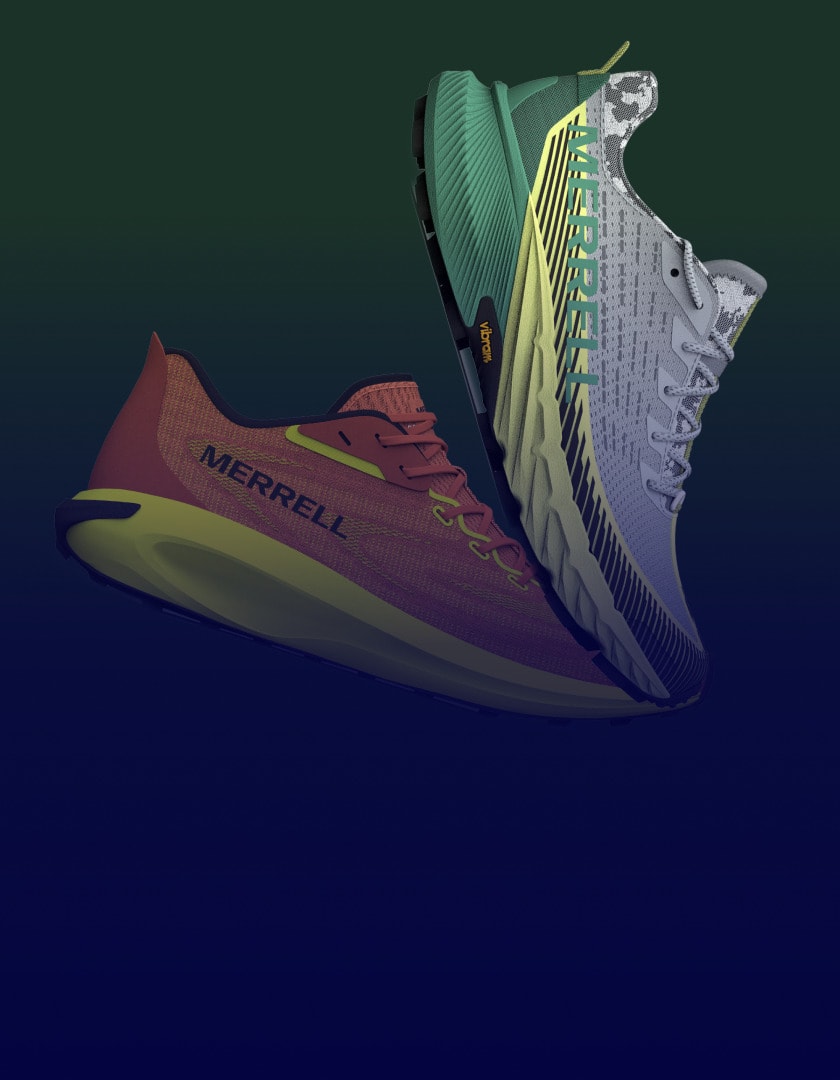An International Fashion Manufacturer
In fewer than one hundred years, Tristate Holdings has evolved from a prestigious tailor into a unique industrial garment manufacturing company. Founded in 1937 as a high-end Hong Kong and Shanghai men’s shirt maker, the company soon began importing luxury Italian and French fabrics and exporting its finished products to international markets.
Over time, the family-owned business reinvented its methods and adopted a multi-level industrial manufacturing system that established it as a preferred partner, producing complete ranges of garments on behalf of big brands from the USA and Europe. Today, Tristate Holdings is globally recognized throughout the premium fashion business for its use of cutting-edge technologies.

Tristate Holdings is a vertically integrated company with 8 factories and employs more than 10,000 people in 12 different countries. With revenues of around $290 million, the company leads the market in luxury and urban sportswear. Its cutting-edge “Trinovation Lab,” split between Tristate’s Chinese compound and a boutique base in Veneto, Italy, is dedicated to researching both innovative fashions and the future of industrial garment manufacturing.
The group also owns four global brands, each with its own design, marketing and distribution processes. These include outdoor performance brand Haski, urban sportswear brand EFM, luxury sportswear label Cissonne, and C.P. Company, an established Italian brand that Tristate acquired in 2015. With the C.P. acquisition, they decided to put a new infrastructure in place to help cement their business transformation and the further development of this brand.
A Common Foundation for All Group Business Applications
Known for its fusion of sportswear, crisp Italian style and innovative fabrics, C.P. Company had been in business since 1975 and was focused exclusively on the Italian market at the time it joined the Tristate family. To better fit with the group’s other brands and to expand beyond its local market, C.P. needed to undergo a rapid business transformation – one that would also lay the foundations for the future evolution of its business model.
Tristate recognized that C.P. Company did not have the right technological support for a transformation of this scale.
“As an international, multi-brand and multi-environment company, we needed to streamline our product development,” explains Eddie Li, Tristate’s Corporate IT Director. “We wanted to make the most of the expertise that C.P. had and expand even further into Europe and beyond. We quickly realized that we needed to invest in a strong IT foundation if we were going to help C.P. grow to be a global brand.” Although C.P. was using a legacy PDM solution, its scope was limited to a small subset of design and development activities, and it was only used for single products.
“The system in use at C.P. at that time was very traditional and data-focused, and a lot of work was done in Excel,” adds Li. “There was no way of knowing which data was correct and which wasn’t. If we were going to grow the brand globally, we knew we needed the right product lifecycle management solution to help us organize collections, collaborate from a single set of information, set prices and improve our organizational structure.
Choosing Centric Software
“When we bought C.P., business did not stop,” explains Li. “Orders were still coming in with a new season on the way. We picked Centric not just because we needed a fast implementation, but also because they showed us a flexible, configurable system that came pre-packaged with well-established processes and best practices that would have us up and running quickly.”

Another key criterion for Tristate’s choice was the user experience – something that Li believes is critical for any successful enterprise technology project.
“We have to remember that our users are not IT people,” he explains. “They’re used to working in spreadsheets, on paper or in a legacy system, with scattered data. We needed a solution that would give them more structure, allow them to see their information from different angles and extract the right data for further analysis.”
In practice, C.P.’s end users were particularly impressed by Centric PLM™’s custom views, single-click import and export features, and mass functionality, which allows them to easily define colors and materials for multiple styles at once, or easily substitute Bill of Material entries for an entire season or collection.
A Comprehensive PLM Project, Delivered on Time and on Budget
From the point of initial contact with Centric, Tristate’s core PLM project was delivered in just four months, with an implementation calendar defined by C.P.’s upcoming spring/summer 2017 collection.
“We needed to maintain momentum and we did not have a lot of time for initial design work or process-by-process rebuilds,” says Li. “Centric’s Agile Deployment implementation methodology allowed us to stay on track.”
We were starting to see things in a more systematic way, because Centric PLM allowed us to work with a whole-collection concept: from design to manufacturing to selling.
“Using the Collection Book for iPad® application, which Centric deployed in just a few weeks, our sales teams could group products into collections by price, by country or by customer, and they were able to start taking mobile orders in time for the SS2017 collection.”
Looking Forward, a Strategic Business Initiative
With extremely tight time constraints, Li considers the speed of Tristate’s PLM project to be its most impressive result – particularly because it was achieved with no overspend. “For this project, the market set our timeline for us and we did not have the option of missing it,” he says. “We were incredibly happy to be able to come in on time and on budget.”
Working with Centric PLM has also allowed C.P. to improve collaboration with its vendors, exert greater control over its collections, better visualize and analyze product performance, and establish a foundation for earlier, more accurate costing that has measurably improved product profitability.

“Across the board, the quality of information that Centric PLM now provides has improved almost everything we do,” says Li. “We now have a common place for everything: we know when things have gone wrong and we can be confident that when they’re fixed there will be no more problems afterwards. We have better control and better visibility of where things are in our workflow, shared between different parties and, after the season is finished, everyone can go to one centralized source to start conducting their analysis.”
With key integrations to ERP already complete, Li and the teams at Tristate headquarters and C.P.’s Italian office are already forging ahead with extending PLM functionality even further.
“We’re adding more and more information into PLM over time and using it to improve operational efficiencies in other areas,” explains Li. “For example, we are taking additional information from Centric PLM and passing it to our ERP solution for logistics and custom processing. In the future, we plan to use PLM to integrate to our direct ordering system or for business intelligence purposes. Whatever we use it for, we can be confident that everything comes from one source, and if we change things at the source, the changes will be reflected everywhere else. This will really help improve our top-level efficiency.”
Finally, Li emphasizes the importance of having found in Centric Software a partner that shares the same passion for innovation and vision for the future. “We choose our strategic partners very carefully. Because things change so frequently, we always have to look beyond our immediate challenges,” he says. “When we selected Centric, it was about more than whether their solution could scale; it was about what we could build together.”
New to Centric PLM? Learn more
What is Centric Pricing & Inventory? Learn more
What is Centric Market Intelligence? Learn more
Centric Visual Boards Learn more

















